PEOPLE across the UK have been placed in a third national lockdown and the country is now racing to vaccinate the most vulnerable in society.
Many had pinned all hopes on vaccine offerings from Pfizer/BioNTech and Oxford/AstraZeneca to help win the fight against Covid-19.
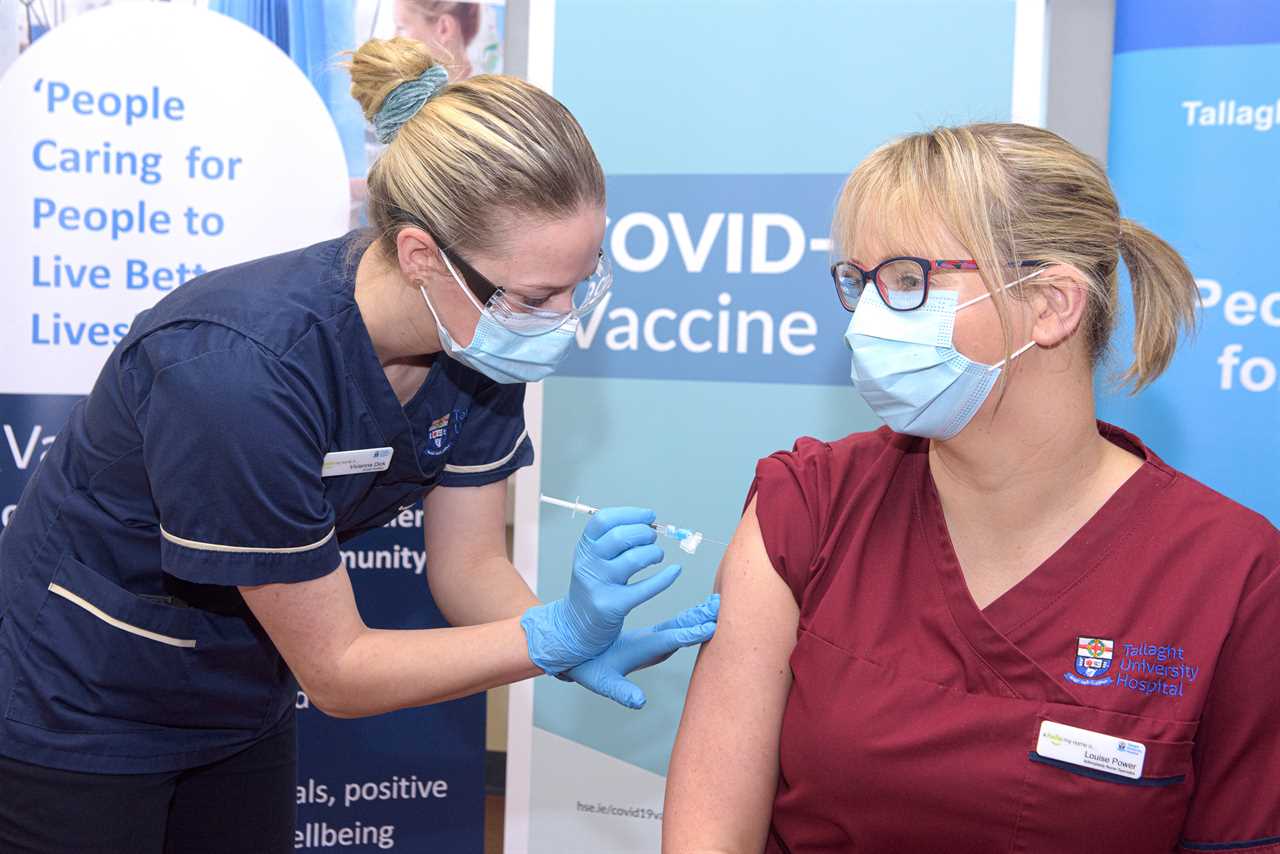
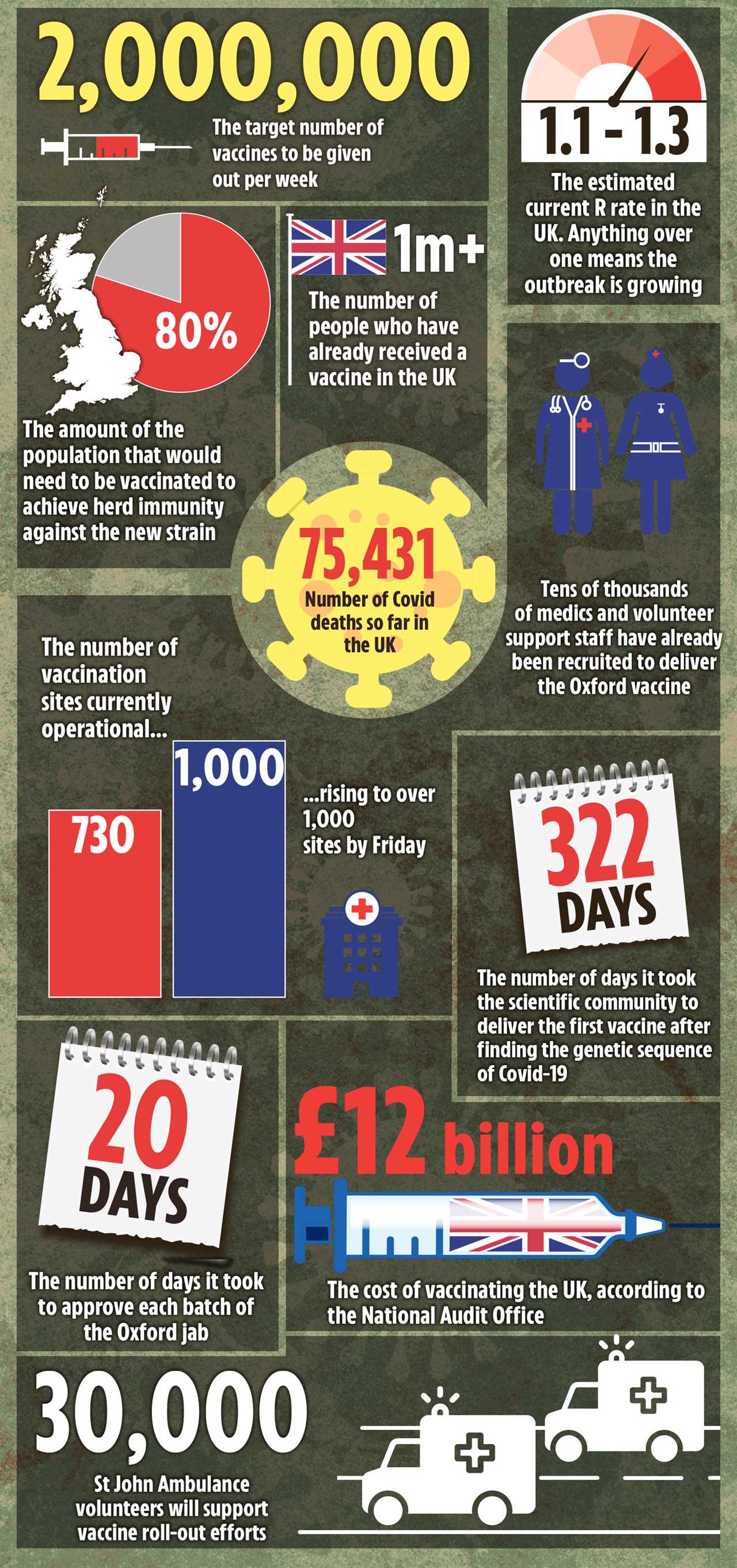
Last night in an address to the nation, Prime Minister Boris Johnson said another national lockdown was needed in order to “bring this new variant under control while our vaccines are rolled out.”
He highlighted that the number of coronavirus patients in hospital is currently 40 per cent higher than it was in the peak of the pandemic in April.
In order to keep the most vulnerable safe Mr Johnson said the aim would be for all over 70s, care workers, front-line health workers and the most clinically vulnerable to be offered a jab by mid-February.
This would mean 13 million Brits would need to have the jab before the country could start to open up again and so far around one million have been vaccinated.
Mr Johnson stated: “If we succeed in vaccinating all those groups, we will have removed huge numbers of people from the path of the virus.
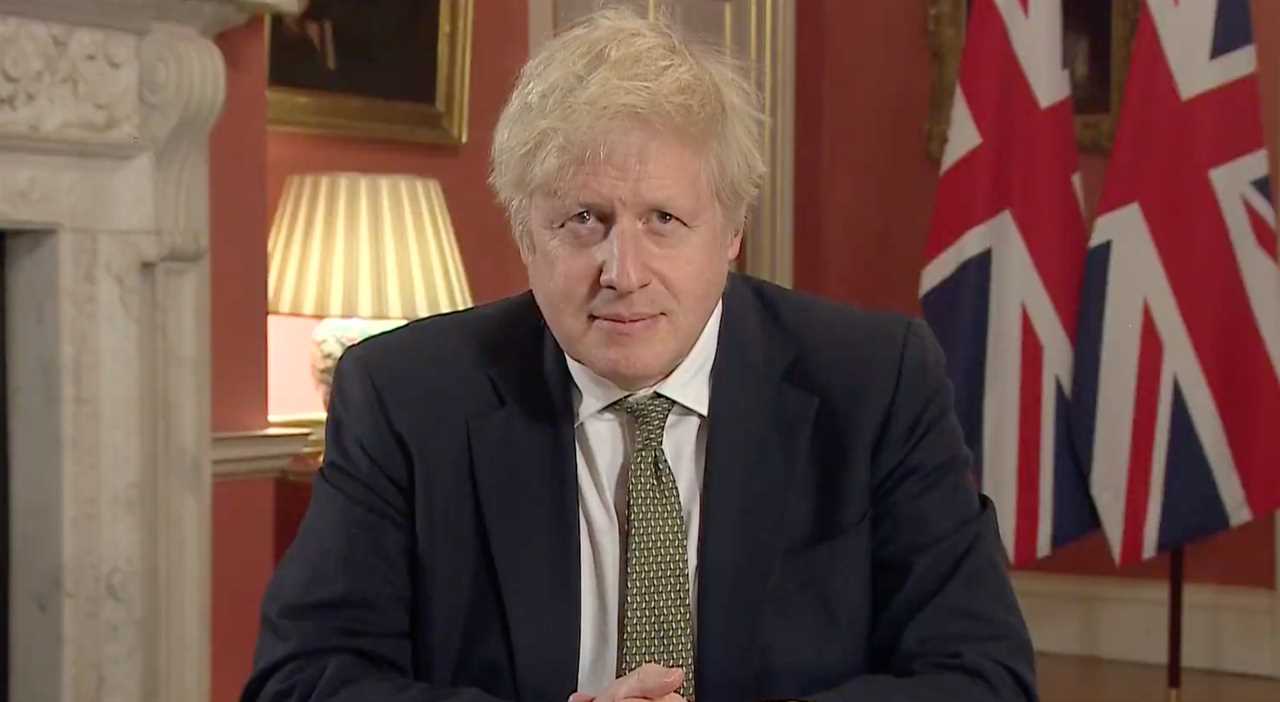
“And of course, that will eventually enable us to lift many of the restrictions we have endured for so long.
“I must stress that even if we achieve this goal, there remains a time lag of two to three weeks from getting a jab to receiving immunity.
“And there will be a further time lag before the pressure on the NHS is lifted. So we should remain cautious about the timetable ahead.”
The country currently has enough vaccines to go around but as Mr Johnson highlighted, Brits should remain cautious about the roll out and its role in defeating the virus due to a number of reasons.
AVAILABILITY
Through the government’s Vaccines Taskforce, the UK has secured early access to 357 million doses of seven of the most promising vaccine candidates.
So far we have 40 million doses of the BioNTech/Pfizer jab which is currently being rolled out to the most vulnerable across the country.
The Oxford/AstraZeneca jab is also being rolled out, and the UK has 100 million doses of this jab.
Other secured doses include seven million of the Moderna jab, 60 million of the GlaxoSmithKline and Sanofi Pasteur offering as well as 60 million Novavax doses.
The Taskforce has also secured 30 million doses of the Janssen jab and 60 million of the Valneva jab.
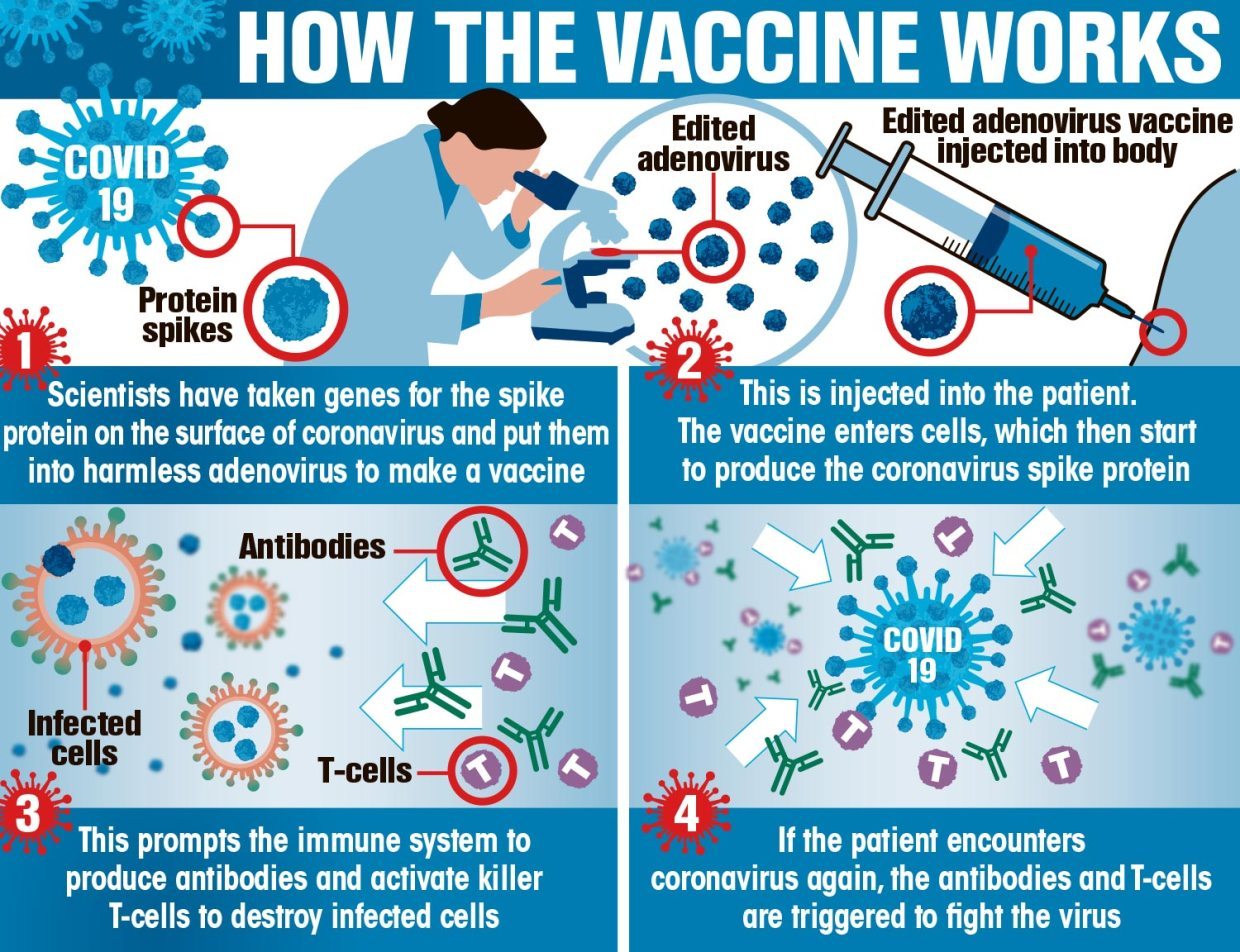
While millions of doses have been secured – actually transporting them could be a problem.
Prof Jonathan Van-Tam previously said fill and finish was a “critically short resource across the globe”.
This means actually getting the vaccines in the little glass bottles that are needed to distribute them could be problematic.
The issues with glass vials is part of the reason as to why a limited amount of vaccines has been delivered.
Just four million of the Oxford/AstraZeneca jab have been through the full process while just five million of the Pfizer jab has made it to the UK.
FINAL CHECKS
You might think that getting the vaccine in the vials would be the last step to go before getting it into the arms of Brits.
But each vaccine batch then needs to be checked by regulators to make sure they meet strict standards.
The Medicines and Healthcare Products regulatory Agency MHRA looks at each batch and it can take several weeks for them to be given the green light.
One source told the BBC that this had been a “frustrating element” of the vaccine rollout and that in some places it was taking up to 20 days for batches to be tested and then sent out.
THE MHRA states: “You have to remember this is being injected into people. We cannot rush this.”
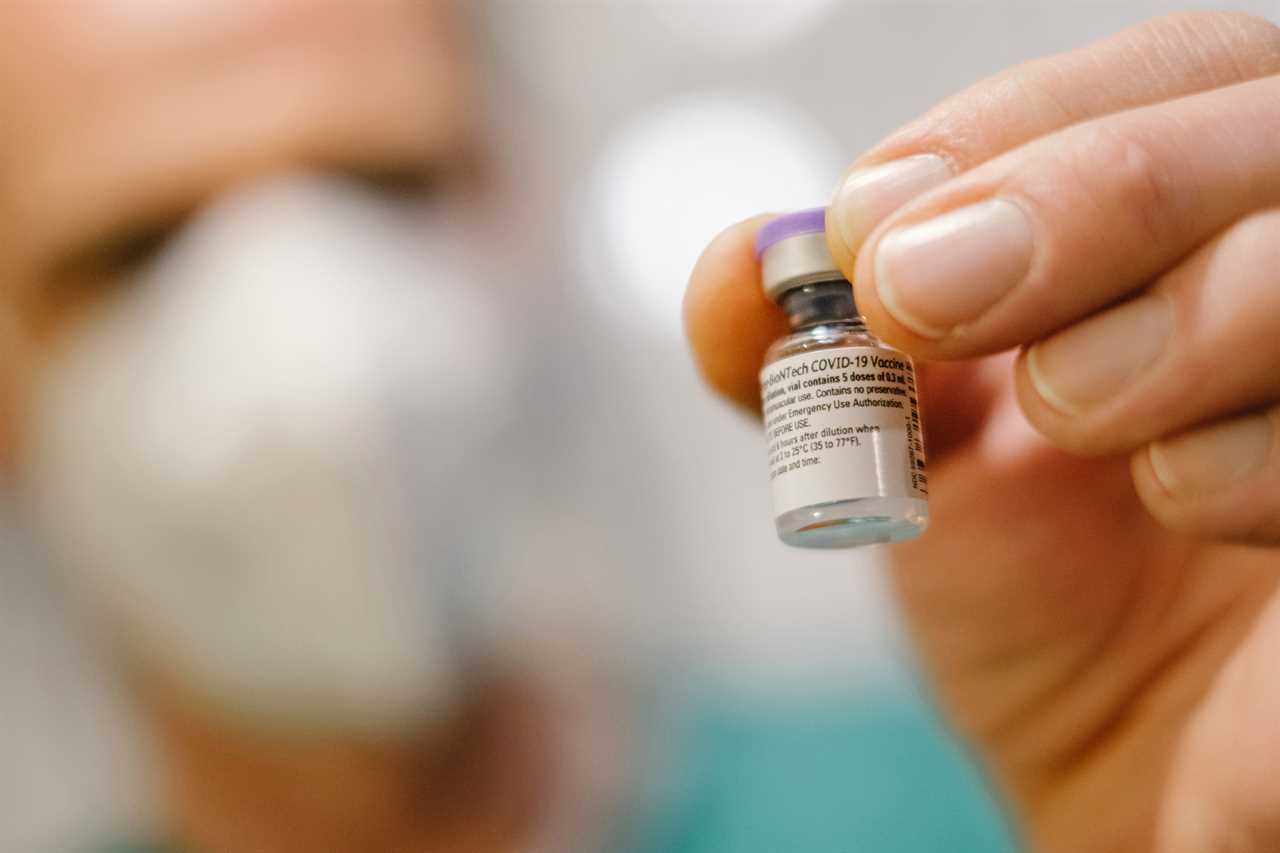
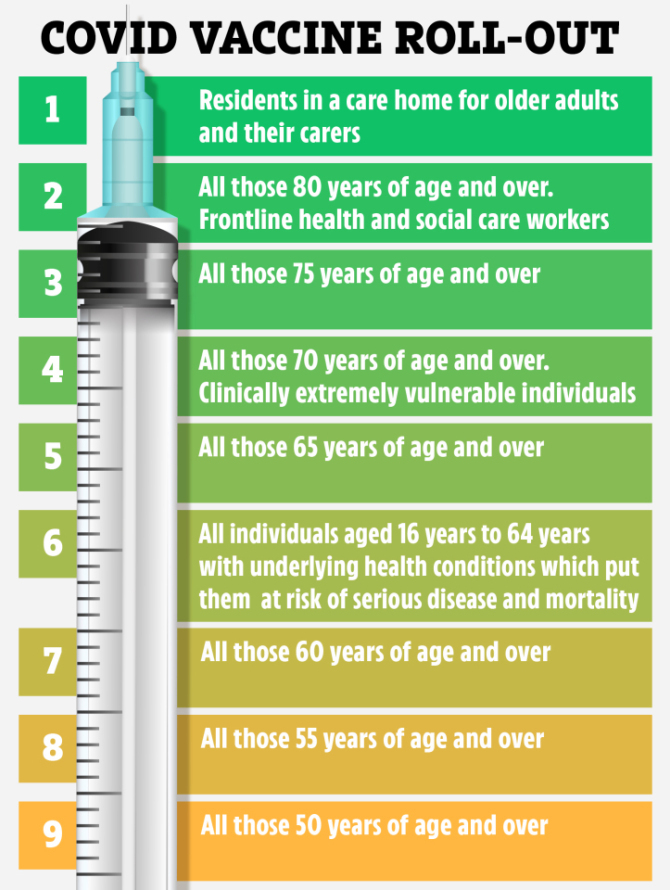
LICENCE TO JAB
Once the batches have been signed off they then have to be sent to hospitals, care homes and vaccination centres.
The aim is to have over 1,000 centres set up across the UK that will be used to host people who are receiving the vaccine.
They need to be big enough to store the vaccines and in some cases this will mean enough storage space for freezer units.
The Pfizer jab needs to be stored at -70C and needs to be kept at that temperature right up until it goes into a patient’s arm.
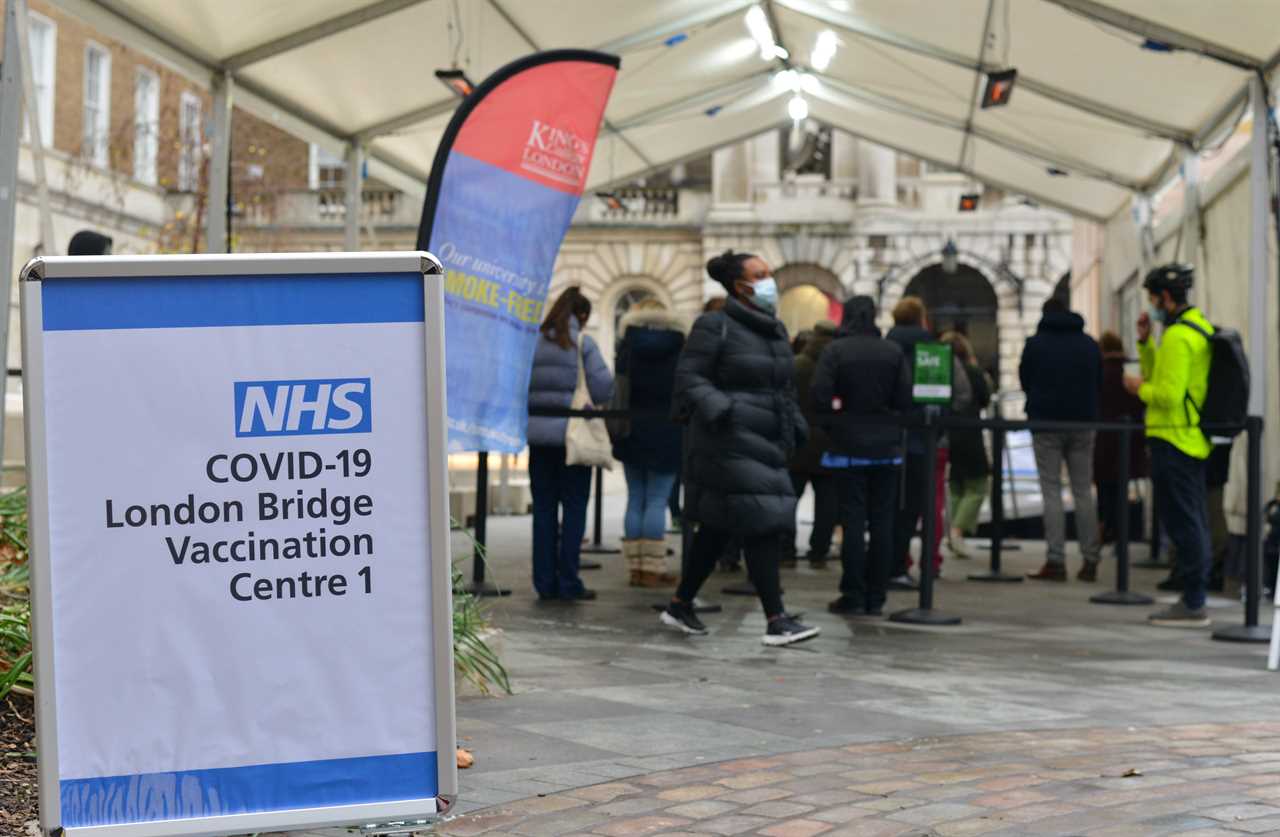
This is why spaces like football grounds and race courses are needed for the vaccine roll out.
But at present just 700 centres are up and running.
Trending In The News is urging readers to join a “Jabs Army” of volunteers to help get millions of Brits vaccinated rapidly.
More than 50,000 Steward Volunteers will be needed via the NHS Volunteer Responder Programme to help them run smoothly and keep people safe.
Stewards will guide people on site to make sure the vaccination process runs as safely and efficiently as possible.
They will help ensure social distancing and identify people who need additional support.
CAN WE GET THERE?
Mr Johnson has pledged that the most vulnerable will have their jabs by the Spring.
It takes a few weeks for the vaccine to kick in.
This means that all of the most vulnerable people wouldn’t be protected until at least March.
Professor Gabriel Scally, from the University of Bristol today said he was “doubtful” that the government would be able to reach its targets.
Speaking to the MailOnline he said one of the main concerns was the “lack of organisation across NHS programmes”.
He said: “The NHS will be battling two fronts [rolling out the jabs and battling Covid] which is hugely risky. Never in a million years would I plan to do it this way.
“We’ve known for months and months vaccines were coming, there were over 200 in production and we knew most would need two doses.
“But we seem to be making up the rules as we go along, all of these issues about the roll out of vaccines, where they will be delivered and who should get them should’ve been worked out and how many doses.”
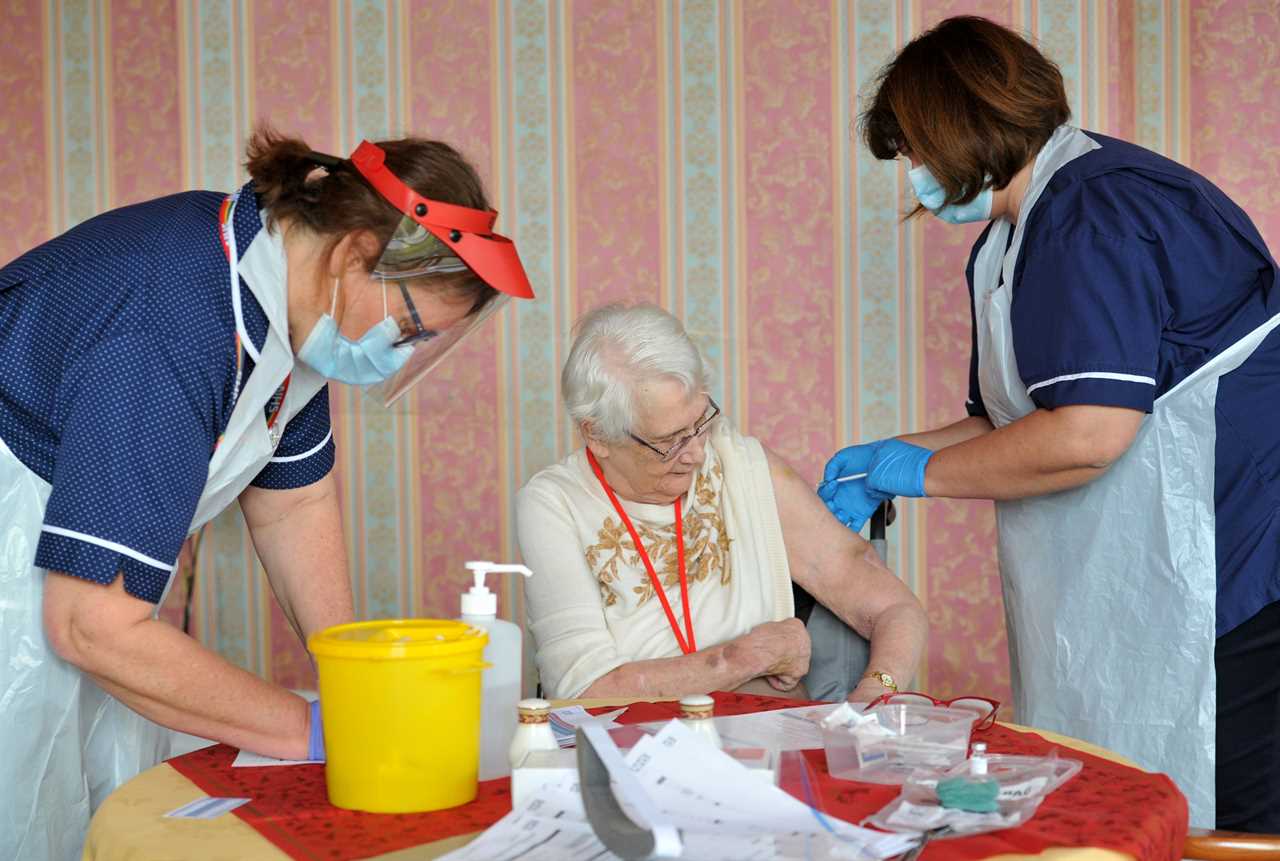
MOVE IT ALONG
Other experts said the vaccine programme could be moved forward if the government starts using pharmacists to help.
Sandra Gidley, President of the Royal Pharmaceutical Society said community pharmacists already provide other vaccines and that using them could speed up the rate at which we get he jab into the arms of the most vulnerable.
She said: “As trusted healthcare professionals, pharmacists can also help build confidence in the vaccine and increase its uptake.
“Pharmacies have been open throughout the pandemic, doing a fantastic job under huge pressure, supplying medicines and healthcare advice. T
“They could provide easy, local access for patients to the Oxford vaccine and we are working with Government and the NHS to help make this happen.”
Others stated that the government’s plan “could work” but that a “great deal or coordination” would be needed.
RAMP UP
Prof Nilay Shah, Head of Department of Chemical Engineering, Imperial College London said it should be possible to reach daily vaccination levels of 300,000 to 500,000 doses per day.
He added: “Having multiple sources of vaccines will help with volume of material but of course adds a bit more complexity in the operations management (although having a vaccine which only requires standard refrigeration helps).
“At this stage it appears we are still in the ramp-up phase so we have not reached these levels yet.
“These levels are several times higher than those achieved in peak influenza vaccination but in principle are achievable with additional resources and effective co-ordination.”
He said if we take the top four groups in need then this would be around 10 million.
Prof Shah continued: “Assuming that we will go for a prime and boost vaccination strategy even if the gap may be longer, that implies 20m vaccinations.
“At 400,000 doses per day, assuming we move to 7 days a week operation, that is 50 days which would get us to mid-Feb (for 100% coverage).
“It’s an ambitious target and needs everything to click every day. But we should aim for it and give it focussed attention from everyone in the system.”






